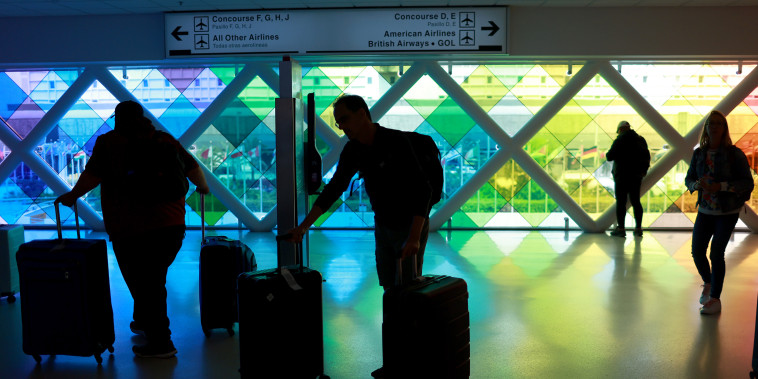The rise in air travel demand has become a significant trend as countries gradually reopen their borders and COVID-19 restrictions ease around the world. While it suggests a promising rebound for the aviation industry, the correlation between increased demand and airline profits remains more nuanced.
Factors such as rising fuel costs have been a substantial financial burden for airlines. With many carriers heavily reliant on fossil fuels, the surge in oil prices directly impacts their operational expenses. Furthermore, despite the uptick in passenger numbers, airlines are still grappling with the need to adjust their pricing strategies to attract customers while managing their bottom line effectively.
Additionally, the issue of overcapacity poses a challenge to airline profitability. The sudden surge in demand has led to strains on airline resources, including aircraft availability and crew availability. This has forced airlines to operate at full capacity to meet the burgeoning passenger numbers, which in turn has driven up their operational costs.
Moreover, the ongoing global logistics crisis has also impacted airline profits. Delays in the supply chain, coupled with disruptions in the availability of crucial components, have hindered the efficient operation of airlines. This has led to increased maintenance costs and operational inefficiencies, further denting the profit margins of carriers.
In response to these challenges, airlines are exploring various strategies to boost their profits. Many carriers are implementing dynamic pricing models that adjust ticket prices based on demand, allowing them to maximize revenue during peak travel periods. Additionally, airlines are also focusing on ancillary revenue streams, such as baggage fees and in-flight services, to supplement their income.
Furthermore, some airlines are also investing in sustainable aviation practices to lower their operational costs and attract environmentally conscious passengers. By transitioning to more fuel-efficient aircraft and adopting green technologies, airlines can reduce their carbon footprint and potentially save on fuel expenses in the long run.
In conclusion, while the surge in air travel demand is a positive sign for the aviation industry, it does not necessarily translate to higher profits for airlines. With various factors at play, including rising fuel costs, overcapacity issues, supply chain disruptions, and operational challenges, carriers are facing a complex landscape that requires strategic decision-making and innovative solutions to ensure long-term profitability in the post-pandemic era.

